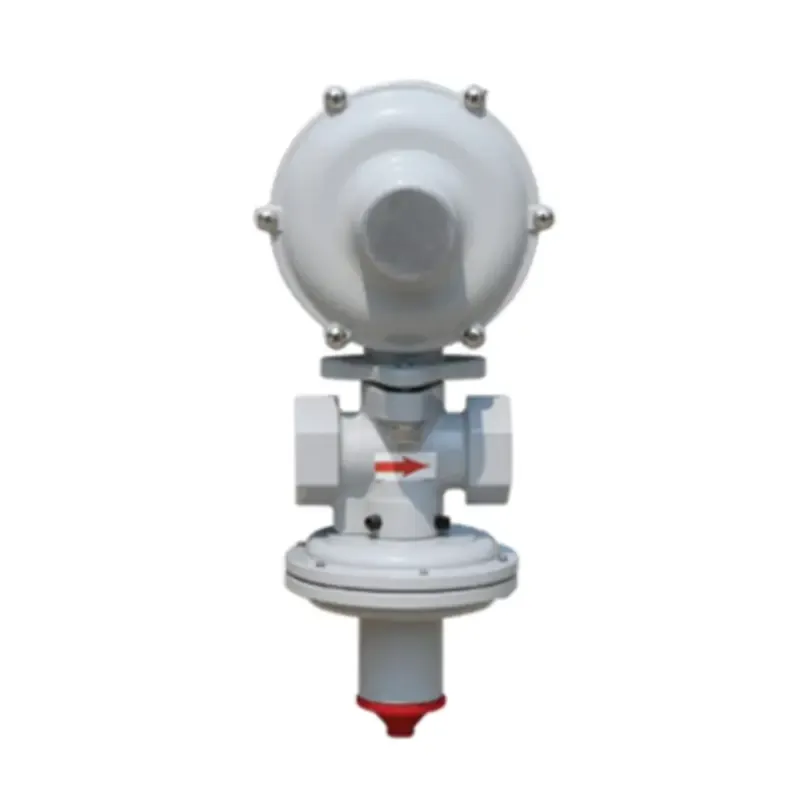
Nov . 15, 2024 06:56
Back to list
منظم ضغط الغاز
Understanding Gas Pressure Regulators
Gas pressure regulators are essential devices in various applications, from industrial processes to home appliances. They play a crucial role in controlling and maintaining the pressure of gas in a system, ensuring that the gas is delivered at a safe and usable pressure level. This article discusses the function, types, and importance of gas pressure regulators.
.
There are several types of gas pressure regulators, each designed for different applications and requirements. The most common type is the single-stage regulator, which reduces high inlet pressure to a lower outlet pressure in one step. This type is suitable for applications where the inlet pressure is relatively stable. In contrast, a two-stage regulator is used when the inlet pressure can vary significantly. This type provides more precise control and maintains a consistent outlet pressure, making it ideal for systems requiring high accuracy.
منظم ضغط الغاز

The components of a gas pressure regulator typically include a spring-loaded diaphragm, an adjusting screw, and inlet and outlet connections. The diaphragm responds to changes in pressure, allowing the regulator to adjust the flow of gas accordingly. Users can set the desired output pressure by adjusting the screw, which changes the tension on the diaphragm.
Safety is a critical consideration in the design and use of gas pressure regulators. Regulators are equipped with safety features such as pressure relief valves to prevent excessive pressure buildup. Regular maintenance and checks are necessary to ensure that the regulators function correctly and safely.
In practical applications, gas pressure regulators are vital in industries like welding, manufacturing, and food processing. They ensure that gas-powered equipment operates efficiently and safely, minimizing the risk of accidents or equipment failure. In residential settings, gas pressure regulators are found in systems that use natural gas for heating, cooking, and other appliances, making them an integral part of modern life.
In conclusion, gas pressure regulators are vital components that ensure the safe and efficient use of gas in various applications. Understanding their function and importance can help users make informed decisions regarding installation, maintenance, and safe operation. Whether in an industrial or residential setting, these regulators play a key role in providing a reliable source of gas at the correct pressure.
Next:
Latest news
-
Safety Valve Spring-Loaded Design Overpressure ProtectionNewsJul.25,2025
-
Precision Voltage Regulator AC5 Accuracy Grade PerformanceNewsJul.25,2025
-
Natural Gas Pressure Regulating Skid Industrial Pipeline ApplicationsNewsJul.25,2025
-
Natural Gas Filter Stainless Steel Mesh Element DesignNewsJul.25,2025
-
Gas Pressure Regulator Valve Direct-Acting Spring-Loaded DesignNewsJul.25,2025
-
Decompression Equipment Multi-Stage Heat Exchange System DesignNewsJul.25,2025

